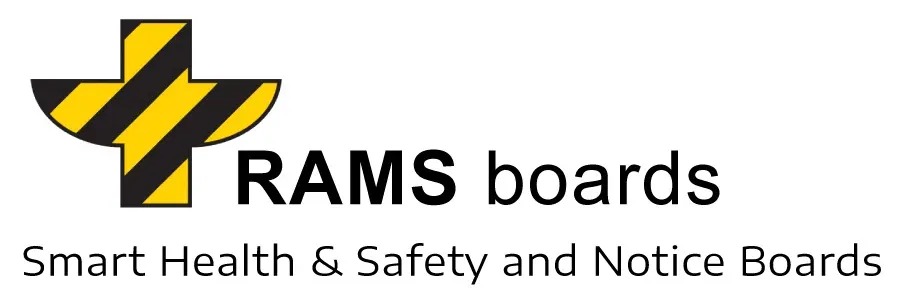RAMS boards: A Safe Solution for Electrically Sensitive Environments
RAMS boards are versatile, durable, and eco-friendly devices designed to effectively present crucial information related to worksite safety, health, environment, and quality. Despite having no specific legal obligations or technical certifications, RAMS boards have become highly desired by top-tier companies for their functionality, minimal maintenance requirements, and longevity.
Manufactured using High-Density Polyethylene (HDPE), RAMS boards are resistant to a range of weather conditions and environmental factors, and at the end of their life cycle, can be 100% recycled. These boards are also designed to be accommodating, able to present information in multiple languages and withstand modifications such as the integration of digital screens, LED lights, alarm systems, and other Internet of Things (IoT) applications. This customisation makes RAMS boards a robust and adaptable tool for communicating safety protocols and other vital information, particularly in construction settings.
Safety in Electrically Sensitive Environments
Despite their myriad benefits, questions have arisen regarding the safety of using RAMS boards in electrically sensitive environments. The key concern here is the potential for static electricity and associated sparks that could, theoretically, lead to accidents. However, there`s no decisive evidence to suggest HDPE materials used in the manufacturing of RAMS boards pose any significant risk of static build-up. In fact, these boards are designed to withstand a range of challenging environmental conditions, which makes them technically safe to use in such settings.
The RAMS boards in Practice
The wide-ranging practicality and adaptability of RAMS boards have made them a popular choice for a diverse array of settings. Their robust construction and efficient information display make them ideal for educational institutions, healthcare facilities, and public domain. They have especially shown their worth within the construction and heavy industrial sectors.
For construction sites, the visibility and durability of RAMS boards provide a practical solution for effective communication of safety information, emergency procedures, and personal protection requirements. Furthermore, these boards can be moved around the construction site following the construction crew, easily fitting into the dynamic nature of the site`s work.
Longevity and Upkeep
A significant advantage of the RAMS boards is their lifespan. Given their construction from HDPE, coupled with their design for repeated use, RAMS boards boast a notable longevity with minimal maintenance requirements. Their upkeep primarily involves cleaning which can be done efficiently using warm water.
Value for Money
The RAMS boards represent an economical solution for site management. Due to their robustness and durability, they require little to no maintenance. Additionally, they offer an excellent return on investment in terms of their longevity, being usable until they are mechanically damaged.
Conclusion
With all factors considered, it is clear that RAMS boards provide a reliable and eco-friendly medium for disseminating safety, health, environment and quality information within a diverse range of settings, including electrically sensitive environments. With robust construction, flexibility, and ease of use, they demonstrate immense worth in the promotion of SHEQ across various sectors. Though always advocate for conducting an independent risk assessment pertinent to the specific environment in which the boards will be deployed, to fully leverage the benefits of RAMS boards and ensure optimal safety standards are maintained.
